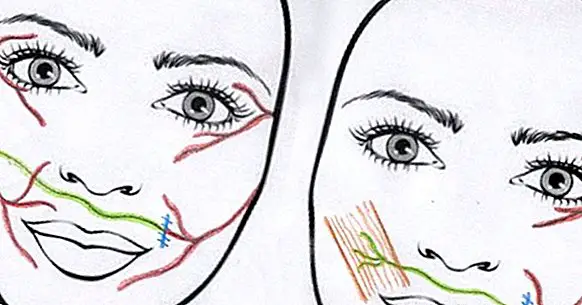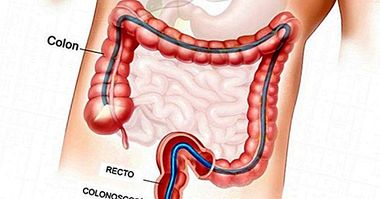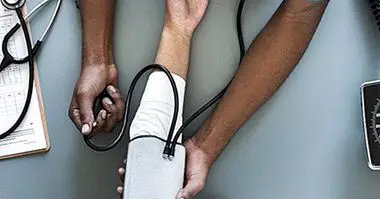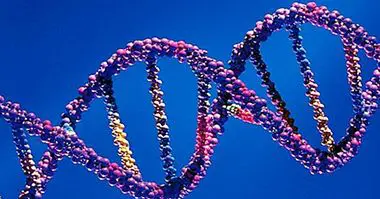Ramsay Hunt syndrome: causes, symptoms and treatment
Ramsay Hunt syndrome is a neurological disease that causes the appearance of vesicles on the skin around the ear canal, as well as facial paralysis, earache and other characteristic signs. It is associated with the infection of a region of the facial nerve by the varicella-zoster virus.
In this article we will describe in detail the causes, symptoms and treatment of Ramsay Hunt syndrome . For this we will make a special emphasis on the alterations of the nervous system with which this disease is related, since they are a fundamental aspect in their understanding.
- Related article: "The 15 most frequent neurological disorders"
What is Ramsay Hunt syndrome?
Ramsay Hunt syndrome, also known as "Otic herpes zoster", "neuralgia of the geniculate" and "neuralgia of the intermediate nerve" , is a neurological disorder that is characterized by the appearance of vesicular erythematous rashes on the skin, mainly in areas near the ear canal, as well as other related signs.
The disease was described by neurologist James Ramsay Hunt in 1907. This expert attributed the appearance of distinctive rashes to the infection of the geniculate ganglion by the varicella-zoster virus.
Although it is a relatively rare diagnosis, it is estimated that Ramsay Hunt syndrome is the cause of between 16 and 18% of all unilateral facial paralyzes . Its association with Bell's palsy (ie, whatever occurs due to problems in the facial nerve) is particularly significant.
Ramsay Hunt syndrome does not usually involve a risk of death; nevertheless, the muscular alterations that characterize it can interfere in a very marked way in the life of those who suffer it. Likewise less than half of the affected people recover from the symptoms completely.
Causes of this disease
This disease occurs as a result of the reactivation of the varicella-zoster virus in the geniculate ganglion , which is located in the facial nerve, the seventh cranial nerve. This nerve controls many of the movements of the face, such as those that are involved in facial expressions and chewing, as well as the perception of flavors in the tongue.
After infection the varicella-zoster virus remains inactive in the nerve cells thanks to the action of the immune system. However, if the virus manages to reach the geniculate ganglion of the facial nerve, it interferes with the functioning of the ganglion, causing the symptoms described in the following section, including vesicular eruptions.
Occasionally other cranial nerves are affected , in particular the fifth (trigeminal), the sixth (abducens or external ocular motor), the eighth (vestibulocochlear) and the ninth (glossopharyngeal). When this happens, signs related to the functions of the nerve in question appear.
It is important to bear in mind that the symptoms occur only in one half of the head, since the most normal thing is that the virus affects only one of the two facial nerves.
- Related article: "Cranial pairs: the 12 nerves that leave the brain"
Symptoms and main signs
One of the most characteristic and useful signs for the diagnosis of Ramsay-Hunt syndrome is the presence of a partial or complete paralysis of many face muscles . This is manifested through the difficulty to make movements with the mouth, such as those that are necessary to eat, or to close one of the eyelids, among other aspects.
It is also very common for them to appear eruptions consisting of vesicles filled with fluid , mainly on the palate, in the tongue and in the auditory canal, both externally and internally. Other common symptoms are loss of taste on the outside of the tongue and dry mouth and eyes.
Since the neurological lesions are located near the vestibulocochlear nerve, which transmits information about sound and balance from the inner ear to the cortex of the brain, It is also common for ear pain to appear, loss of hearing (hearing loss), dizziness, dizziness and tinnitus (perception of sounds like buzzing and beeps).
Sometimes the involvement of the geniculate ganglion by the varicella-zoster virus does not cause the appearance of distinctive vesicles but of pain, paralysis of the facial muscles and other associated symptoms. When this happens, the term "zoster sine herpete" is used.
Treatment and management
The most common way to treat the infection that causes Ramsay Hunt syndrome is by administering anti-inflammatory steroids, among which prednisone . Antiviral medications such as acyclovir are also commonly prescribed.
When the pain is very intense and requires specific treatment, analgesics can be administered. Sometimes very powerful drugs are prescribed because the discomfort can also have a very high intensity.
It has been found that l as loss of hearing and mobility in the muscles of the face they are maintained to a large extent even if the treatment is applied early and appropriately.
In any case, vaccination against varicella-zoster virus is mandatory in a large number of countries; this makes Ramsay Hunt syndrome tend to be unusual in much of the world.



















